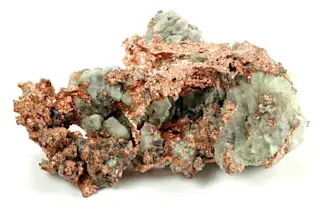In Ytterby there are two secret pasts. Two centuries ago, the sleepy village—now dotted with vacation homes belonging to wealthy residents of nearby Stockholm—was a restless mining settlement, shipping out high-grade feldspar for the royal porcelain factories of Europe and quartz to line the blast furnaces springing up across England. It is also the birthplace of some of nature’s most wondrous and least appreciated chemical elements.
The latter story began in 1787, when an amateur geologist named Carl Arrhenius was visiting a mine in Ytterby. He discovered an unusually heavy black rock among the gray outcroppings and, being a man of healthy scientific curiosity, sent a sample for analysis to Johan Gadolin, a prominent chemist at the Royal Academy of Turku in Finland. In 1794 Gadolin concluded that the specimen contained an entirely new element, later named yttrium. By 1879 chemists had isolated six additional elements from the same rock, ...














